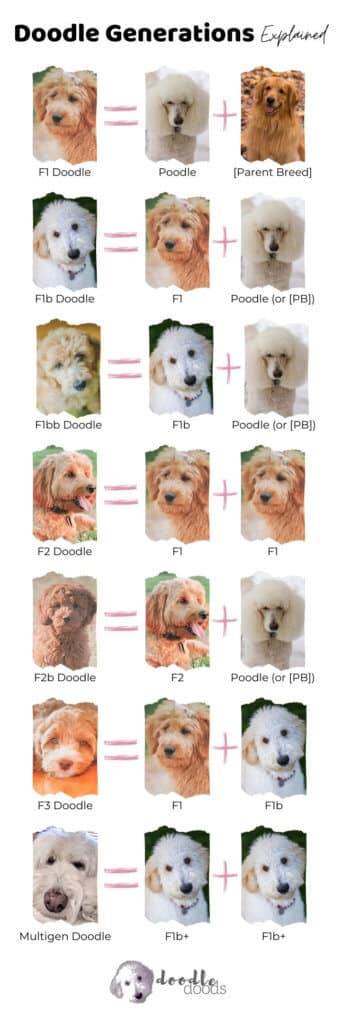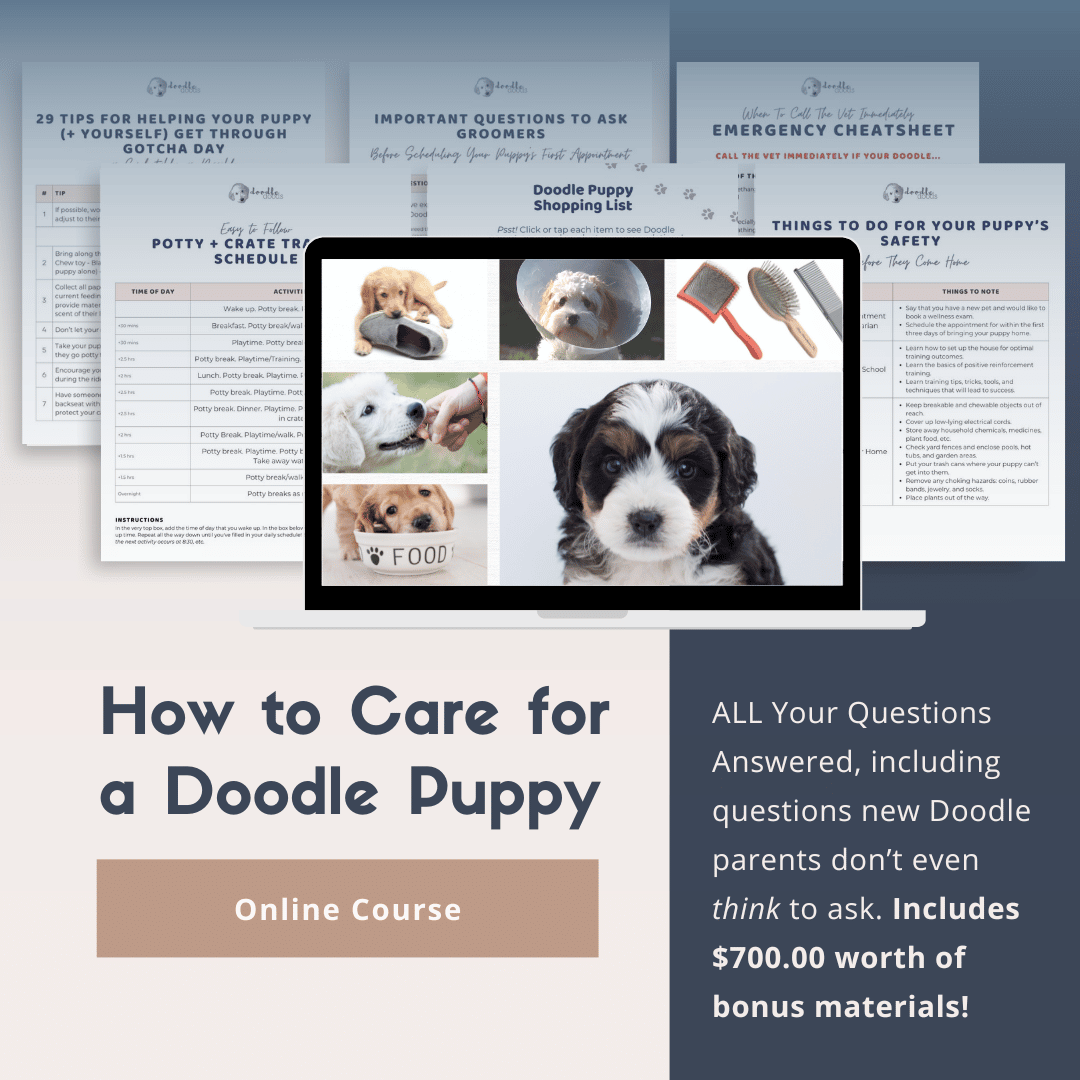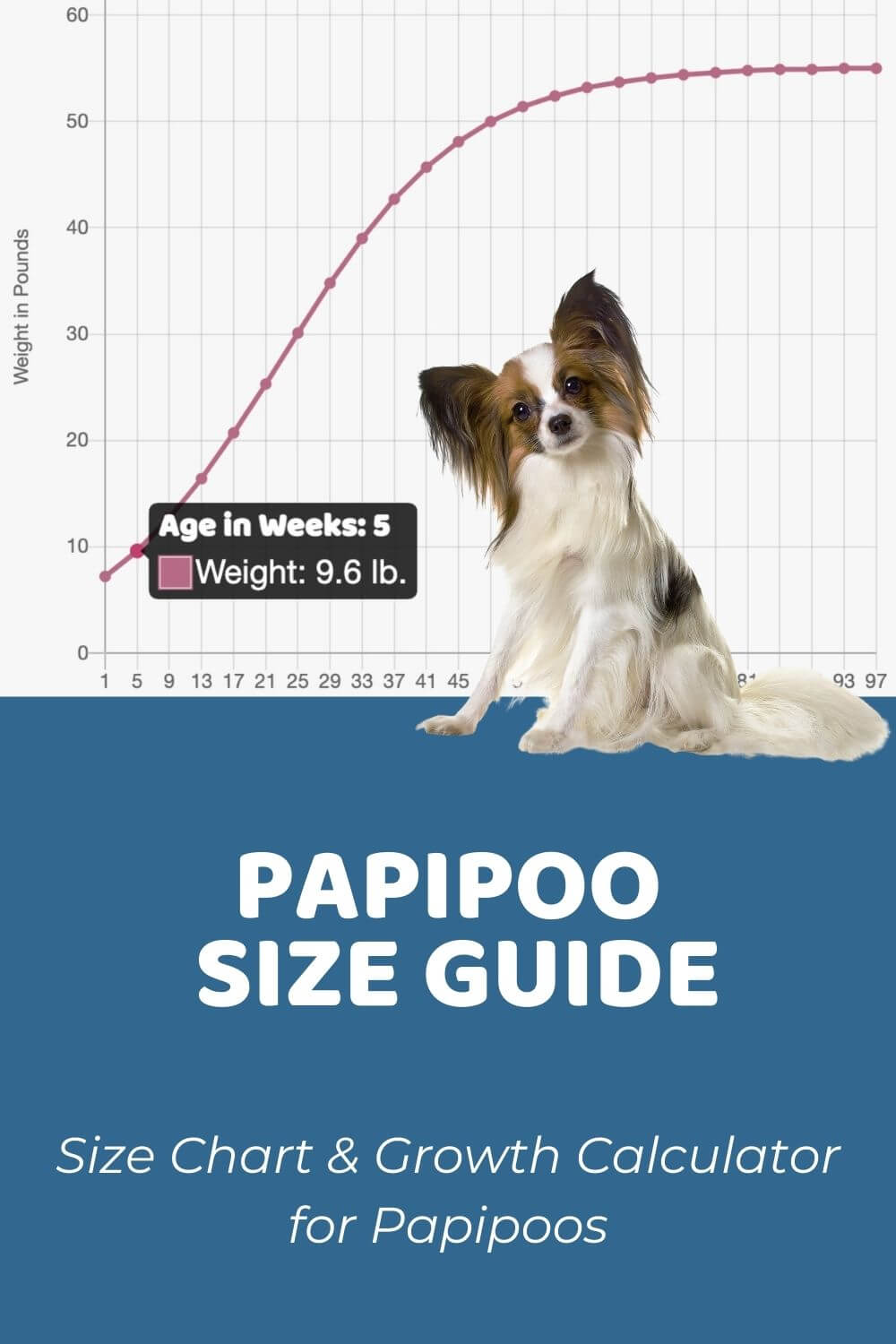If you’ve ever been wondering how big Papipoos get, you’ve come to the right place. In this Papipoo size guide, we will discuss everything about the size and growth of Papipoo puppies. Additionally, we’ve created an interactive Papipoo size chart, which you will find in this article. So let’s dig in!
Papipoo, Papi-Poo, Papidoodle. This furry little friend sure has many names to choose from! Papipoo is a beautiful hybrid cross between a Papillon and Poodle. Although this designer breed is fairly new, they are becoming increasingly more popular amongst dog lovers. And we certainly understand why! They have inherited the best traits from both parent pups.
Papipoo has an amazing personality. This little guy is the perfect lapdog and will gladly spend its days on your lap. They have a curious nature and love to explore new things and places with you. They’re social, loving, and intelligent. All in all, everything you would want in a dog!
Papipoo Size Predictions: How Big Does A Papipoo Get?
So how big do Papipoos get? First of all, as we’re dealing with a hybrid cross, we can never know exactly how big a puppy will get. Papipoos do not have a recognized breed standard, so there is some wiggle room in terms of the numbers.
However, we can do some guesswork based on a few simple things. Most importantly, a puppy’s genetic makeup is the key player here. So first, we need to understand the sizes of the parent pups.
Papillon is a toy sized breed who weighs only 5 to 10 pounds, and stands at 8 to 11 inches tall at the shoulder. Pretty tiny, right! On the other hand, Poodles come in three sizes – Toy, Mini, and Standard Poodle.
Standard Poodles usually weigh between 38 to 70 pounds, and stand at 24 to 27 inches tall at the shoulder. Miniature Poodles weigh around 10 to 20 pounds, and stand at 10 to 15 inches tall at the shoulder. Lastly, Toy Poodles are the smallest of the bunch weighing only 4 to 12 pounds, and have a height of up to 10 inches.
Looking at the data, we can already rule out Standard Poodles, as they are clearly way too big to be crossed with a tiny dog like Papillon. Although smaller Miniature Poodles can be crossed with Papillon, Papipoos are usually a mix between a Toy Poodle and Papillon.
With hybrid breeds, there’s always unpredictability involved. However, as both of the parent pups are in similar size, we can have a fairly accurate estimation about what to expect. So how big does a Papipoo get? A full-grown Papipoo can weigh anywhere between 6 to 14 pounds, and stand at 10 to 11 inches tall at the shoulder.
Now, let’s move on to the different generations of Papipoo and see how they can affect your puppy’s full-grown size…
F1 vs F1b vs F2b Papipoo
When it comes to Doodles like Papipoo, we can’t forget the different generations of puppies. For most of us, it might be a bit of a complicated topic at first. To make things a bit easier for you, let’s have an in-depth look of the different Papipoo generations and what they mean:
| 1st Parent | 2nd Parent | % Papillon* | % Poodle* | |
| F1 Papipoo (first-generation) | Papillon | Poodle | 50% | 50% |
| F1B Papipoo (first-generation backcross) | F1 Papipoo | Poodle | 25% | 75% |
| F1BB Papipoo (first-generation backcross backcross) | F1B Papipoo | Poodle | 12.5% | 87.5% |
| F2 Papipoo (second-generation) | F1 Papipoo | F1 Papipoo | 50% | 50% |
| F2B Papipoo (second-generation backcross) | F1 Papipoo | F1B Papipoo | 37.5% | 62.5% |
| F2B Papipoo (alternate cross) | F2 Papipoo | Poodle | 25% | 75% |
| F3 / Multigen Papipoo | F1B Papipoo or higher | F1B Papipoo or higher | Varies | Varies |

Papipoo Size Charts & Growth Patterns
Now that we’ve covered the basics, let’s have a look at the numbers. Here’s a standard Papipoo size chart:
| Standard Papipoo | |
| Weight | 7-14 pounds |
| Height | 10-11 inches |
| When Full-Grown? | 7.5-11 months |
As we can see from the Papipoo size chart, they typically reach half their adult size around the time they’re 3.5 months old. Around 7.5 to 11 months of age, your Papipoo will most likely plateau at its adult weight. A general rule of thumb is that smaller dogs will reach their adult weight a bit sooner than larger pups.
Understandably, you might want to know if there’s another way to estimate your Papipoo’s full-grown size. That’s exactly why we’ve created an interactive Papipoo size chart and growth calculator, which helps predict and track your Papipoo’s full-grown weight. Make sure to check it out!
You can also use a few formulas to calculate your Papipoo’s full-grown size. The easiest option is to take your Papipoo’s weight at 15 weeks old and multiply it with two.
A different formula you could use is:
It’s important we highlight that all puppies should be fed dog food specially formulated for puppies. As they go through their rapid growth stages, puppies need plenty of energy and nutrients for proper development. In this article, you’ll find our puppy feeding chart and guidelines.
Moreover, as Papipoo is a tiny dog, we recommend you look for formulas specially designed for small breed puppies. Here you can read all our guides on the best puppy food for Doodle pups. This has been shown to be a great way to reduce the risk of joint problems like hip dysplasia and patella luxation in the future.
Although tiny, Papipoos pack a lot of love and personality. They’re friendly and playful, and absolutely adore human company. Rest assured, a Papipoo will become your best friend and cuddle-buddy. Hopefully our Papipoo size guide and growth chart will come in handy when tracking your puppy’s weight and growth!
Learn How to Care for Your Doodle Puppy!

Perfect for first-time Doodle parents, get ALL your questions answered, including questions new Doodle parents don’t even think to ask.
Plus, get $700 worth of Bonus Materials for FREE, including:- Doodle Parenthood Community and Support Group ($190 value)
- Doodle Puppy Growth Tracker ($20 value)
- EMERGENCY Cheatsheet: When To Call The Vet Immediately ($50 value)
- HELP! Button ($145 value)
- And SO MUCH MORE!
The information on this page is for informational purposes only. It is not intended to be a substitute for qualified professional veterinary advice, diagnosis, or treatment. Always seek the advice of your veterinarian or other qualified animal health provider with any questions you may have.

